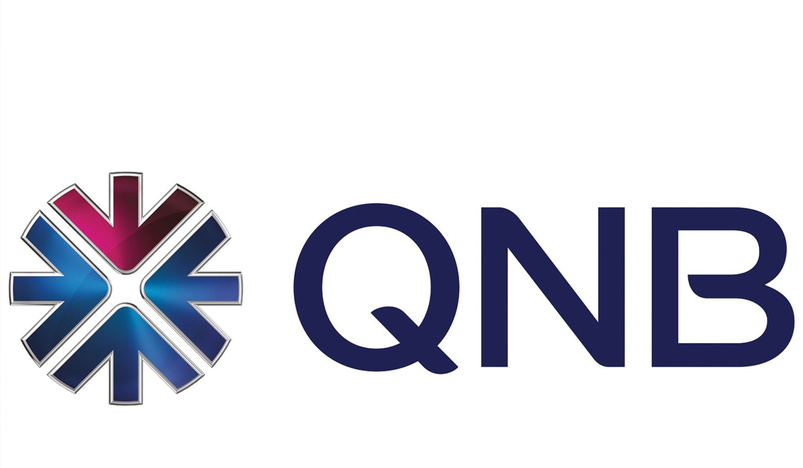
QNB
Qatar National Bank Group (QNB) weekly report discussed monetary policy changes in major emerging markets.
In its weekly economic commentary released today, QNB Group said: "Reflation" has been the name of the game for the global economy since policymakers aggressively responded to the unprecedented shock from the Covid-19 pandemic. Often referred to as policy-induced periods of surging activity and asset prices, reflations can be very positive to kickstart the economy after a severe downturn. But reflations can also produce negative side effects, particularly when too much stimulus creates economic and market distortions.
In recent months, distortions from the "Great Pandemic Reflation" created inflationary pressures. The combination of robust demand growth with pandemic-related supply constraints for goods led to a significant uptick in consumer and producer prices. This has taken place in several countries, including large emerging markets (EM). In fact, rising EM inflation expectations are already forcing certain central banks to hike policy rates. Brazil, Russia and Mexico are some of the most important examples of countries where central banks have enacted hawkish moves, tightening policy. Some other EM are also following suit, in what could be a major reversal of a multi-year period of falling policy rates.
In this article, however, we differentiate between higher savings, higher productivity Asian EM countries and higher spending, lower productivity EM countries.
While the period of aggressive monetary policy stimulus may have ended in most EM during the current post-pandemic recovery, some higher spending, lower productivity countries already started to raise rates. But we do not expect to see a broader tightening movement across most EM, at least not over the next several months. Three points underpin our view.
First, accelerating CPI inflation has been more of an issue in higher spending, lower productivity EM countries, which tend to be more sentitive to external cost-push factors, such as FX and commodity prices. This includes EM heavy-weights like Brazil, Russia, India, Mexico and South Africa. But there are signs that price pressures are likely to subside even in these countries. Local currencies are stabilizing, non-energy commodity prices are starting to decline and supply-side bottlenecks are easing, which put a cap on inflation expectations. Hence, policymakers are likely to have more room to wait and see how price conditions evolve, slowing down or even pausing monetary tightening programs for a while.
Second, inflation across higher saving, higher productivity Asian EM tend to be subdued, despite strong growth and a rapid recovery from the pandemic. Deflationary forces continue to prevail in these countries as relatively low domestic consumption, high investment and excess savings more than offset the post-pandemic boom and supply-side constraints for goods. With regional CPI inflation comfortably ranging from 1% to 2.5%, major Asian EM central banks are not in a hurry to start rising policy rates.
Third, global conditions, driven by advanced economies such as the US, the Euro area and Japan, are indicating that stimulus and recovery growth have already peaked. Thus, the global economy is set to slow down, with inflation expectations easing across the board. This is likely to provide more comfort to EM central banks that are currently under pressure to deliver policy hikes, further favouring the wait and see approach.
All in all, inflationary pressures in higher spending, lower productivity EM countries are still elevated, but should diminish over the next few quarter, due to more benign FX and commodity price dynamics. Higher savings, higher productivity Asian EM countries continue to present muted price pressures. Moreover, global conditions are expected to moderate short-term growth prospects, easing the supply-constraint for goods. Therefore, while the period of descending policy rates in major EM may be behind us, there seems to be limited scope for additional EM policy hikes in the near future. (QNA)
.jpg)
Qatar Secures Place Among the World's Top 10 Wealthiest Nations
.jpg)
Hamad International Airport Witnesses Record Increase in Passenger Traffic

Saudi Arabia: Any visa holder can now perform Umrah

What are Qatar's Labour Laws on Annual Leave?
Leave a comment